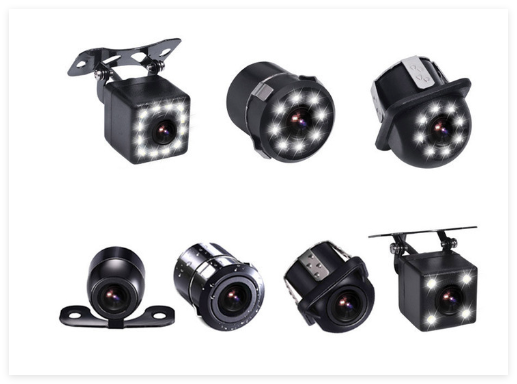Introduction
Driving and vehicle safety have evolved significantly with the advancement of vehicle camera systems. Whether for reversing assistance, fleet management, or blind-spot monitoring, vehicle cameras help reduce accidents and enhance visibility. But with so many options available, how do you choose the right one? In this guide, we’ll break down the main types of car cameras, their applications, and how to select the best one for your needs.
What Are Vehicle Cameras and How Are They Used?
Vehicle cameras are specialized cameras installed in cars, trucks, and heavy-duty vehicles to improve safety, navigation, and monitoring. The most common types include rearview cameras, dashboard cameras, 360-degree cameras, and driver monitoring cameras, each serving different purposes. These cameras are widely used in commercial fleets, personal vehicles, agricultural machinery, and autonomous vehicles to prevent collisions, assist in parking, and provide security.
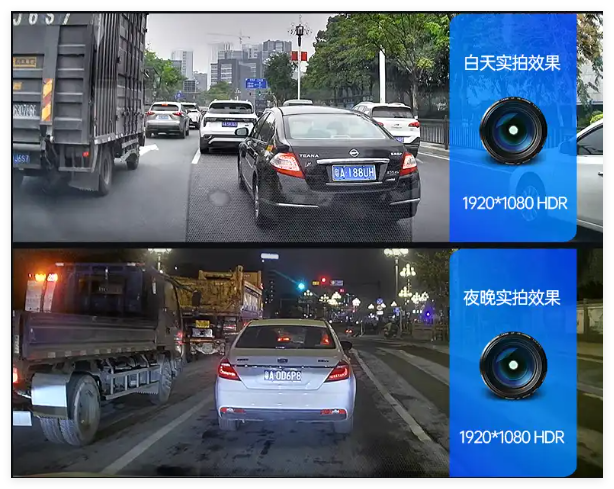
Choosing the right vehicle monitoring camera depends on the vehicle type, usage, and safety requirements. Below, we’ll explore the most popular types and their applications.
1. What Are the Different Types of Dashboard Cameras?
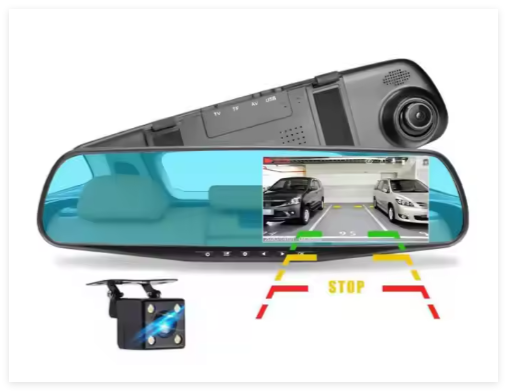
Dashboard cameras, or dash cams, are among the most commonly used vehicle cameras. They record footage of the road (and sometimes inside the car), acting as an unbiased witness in case of accidents or disputes.
Main Types of Dash Cams:
- Single-lens dash cams – Record only the front view. Best for personal and commercial use.
- Dual-lens dash cams – Record both front and rear or front and interior (ideal for taxis, trucks, and rideshare vehicles).
- Professional fleet dash cams – Used in commercial vehicles for fleet management, often equipped with GPS tracking and AI monitoring.
✅ Best Car Camera Recommendations:
For everyday drivers, a dual-lens dash cam offers the best protection. Fleet owners should invest in AI-powered dash cams for enhanced safety.
2. What Is the Difference Between a Dash Cam and a DVR?
Dash cams and digital video recorders (DVRs) are both used for recording, but they serve different purposes:
| Feature | Dash Cam | DVR System |
|---|---|---|
| Purpose | Records driving footage | Records and stores surveillance footage |
| Storage | Overwrites old footage automatically | Stores data longer with large storage capacity |
| Use Case | Personal and commercial vehicles | Security and fleet monitoring |
While dash cams focus on real-time recording while driving, DVR systems offer a more comprehensive security solution, making them ideal for fleet monitoring.
3. Which Cameras Are Used in Cars?
Different vehicles require different types of cameras. Here are the most common ones:
Rearview Camera System
- Helps drivers see behind the vehicle when reversing.
- Commonly installed in cars, trucks, and RVs.
360-Degree Car Camera
- Uses multiple cameras to provide a bird’s-eye view of the vehicle.
- Useful for parking assistance and blind-spot monitoring.
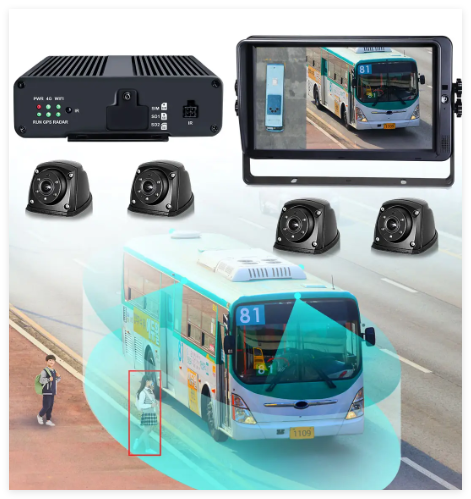
Vehicle Monitoring Camera
- Installed in fleet vehicles, trucks, and taxis for real-time tracking.
- Often integrated with GPS and AI analytics.
💡 Which One Do You Need?
If you need better visibility while reversing, go for a rearview camera. For full coverage, a 360-degree system is the best option.
4. How to Install a Car Camera?
Installing a car camera correctly is crucial for optimal performance and safety. Follow these steps:
Step-by-Step Guide:
- Choose the right location – For dash cams, mount on the windshield or dashboard; for rearview cameras, position near the license plate.
- Wire the camera – Use a 12V power supply or connect it to the car’s fuse box for automatic recording.
- Secure the connections – Ensure the cables are properly routed to avoid interference with driving.
- Adjust the camera angle – Make sure it covers the desired area (front, rear, or full 360-degree view).
✅ Pro Tip: Some wireless cameras are easier to install and offer a cleaner look without messy wiring.
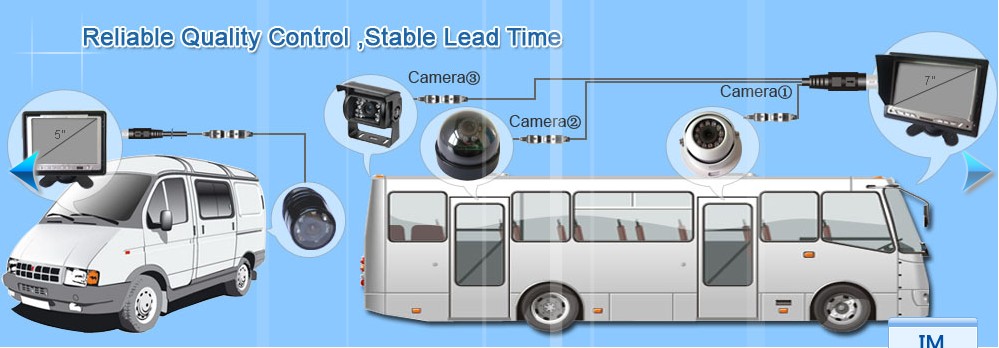
5. Truck Reversing Camera: Why It’s Essential for Safety
A truck reversing camera is a must-have for large vehicles, trailers, and commercial trucks. These cameras eliminate blind spots, making parking and reversing much safer.
Benefits of a Truck Reversing Camera:
- Prevents accidents – Helps avoid collisions with pedestrians, vehicles, and obstacles.
- Improves maneuverability – Makes it easier to park and reverse in tight spaces.
- Enhances safety for fleets – Reduces the risk of costly damages and insurance claims.


💡 Choosing the Right One:
For commercial trucks, opt for high-definition (HD) night vision cameras with wide-angle views to ensure maximum visibility.
Conclusion: Find the Right Vehicle Camera for Your Needs
Choosing the right car camera system depends on your vehicle type and usage. Whether you need a rearview camera for parking, a 360-degree car camera for full coverage, or a truck reversing camera for large vehicles, investing in a high-quality system ensures better safety and efficiency.
🚗 Explore our premium selection of vehicle cameras at RIS Vision. Contact us today to find the perfect solution for your fleet or vehicle!

